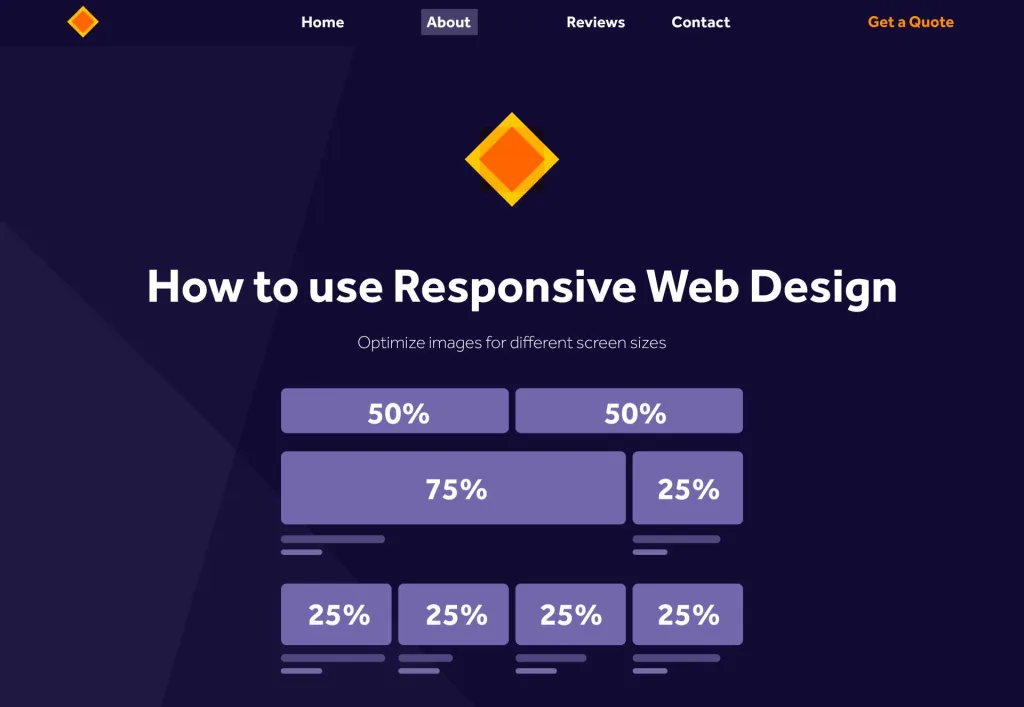How to use Responsive Web Design
Responsive web design is an approach to web design that focuses on creating websites that adapt to the user’s device, screen size, and resolution.
By using responsive web design, you can ensure that your website looks great and functions well on all devices, from desktop computers to smartphones and tablets. In this article, we’ll look at some key principles of responsive web design and how to implement them.
- Use a mobile-first approach
One of the key principles of responsive web design is to use a mobile-first approach. This means that you design your website for the smallest screen size first, and then work your way up to larger screen sizes. By designing for mobile devices first, you can ensure that your website is optimized for smaller screens and slower internet connections, which can be a common issue for mobile users.
- Use a responsive framework or grid system
To create a responsive website, you’ll need to use a responsive framework or grid system. These tools provide a set of CSS classes and styles that you can use to create responsive layouts and components for your website. Popular frameworks include Bootstrap and Foundation, which provide a wide range of responsive components and styles that you can use to create a responsive website quickly and easily.
You can use Bootstrap grid system

- Use media queries to adjust styles
Media queries are a key tool in responsive web design that allow you to adjust the styles and layout of your website based on the user’s device and screen size. Media queries are written in CSS and can be used to define different styles for different screen sizes and devices. For example, you might use a media query to adjust the font size or layout of your website for smaller screens.
- Optimize images for different screen sizes
Images can be a major issue for responsive web design, as large images can slow down the loading time of your website on mobile devices. To optimize images for different screen sizes, you can use responsive images. Responsive images are images that are automatically resized and compressed based on the user’s device and screen size. You can use tools like srcset and sizes to create responsive images that load quickly and look great on all devices.
- Use flexible layout and typography
Flexible layout and typography are key principles of responsive web design. To create a flexible layout, you can use CSS grid or flexbox to create responsive columns and rows that adjust based on the user’s screen size. To create flexible typography, you can use relative font sizes like em or rem, which adjust based on the user’s font size preferences.
- Test and optimize for different devices
Finally, it’s important to test and optimize your website for different devices and screen sizes. You can use tools like Google’s Mobile-Friendly Test to check if your website is optimized for mobile devices, and use browser tools like Chrome’s Developer Tools to test your website on different screen sizes and devices. By testing and optimizing your website for different devices, you can ensure that your website looks great and functions well on all devices.
Check out Essential Web Design Elements that impact SEO
Conclusion
Responsive web design is an essential approach to web design that can help you create websites that are optimized for all devices and screen sizes.
By using a mobile-first approach, a responsive framework or grid system, media queries, optimized images, flexible layout and typography, and testing and optimization, you can create a responsive website that looks great and functions well on all devices.







